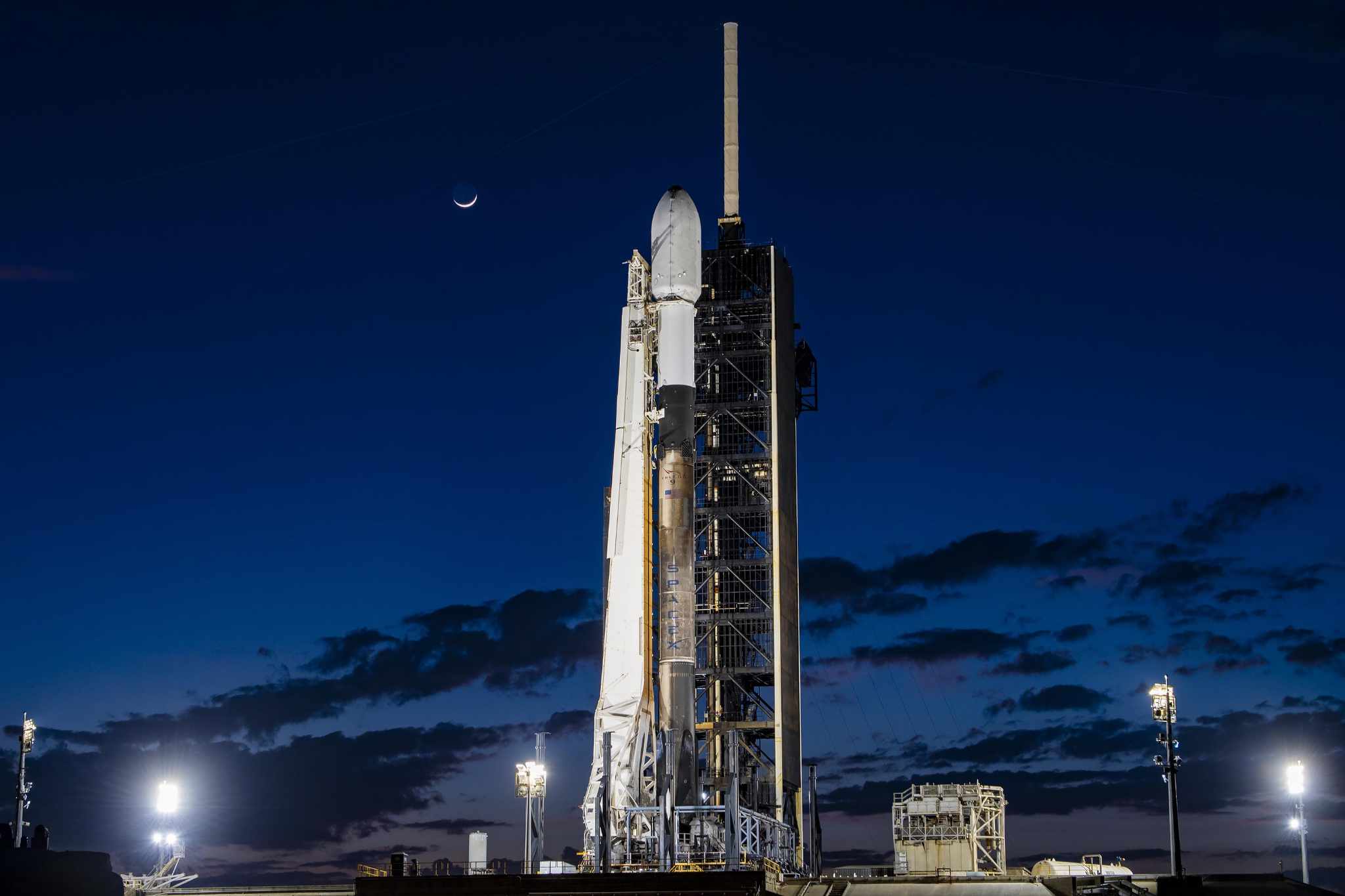
Three Falcon 9 boosters with a combined 24 prior flights between them are primed for launches from opposing coasts of the United States tonight, targeting liftoffs and landings over a span of only 7.5 hours beginning at sunset Wednesday and concluding early Thursday morning. Following last night’s 24-hour delay of Intuitive Machines’ IM-1 lunar landing mission until 1:05 a.m. EST Thursday, the first U.S. attempt to soft-land a spacecraft on the surface of the Moon since December 1972 will be preceded by the highly secretive USSF-124 payload for the U.S. Space Force at 5:30 p.m. EST Wednesday and a Starlink-laden flight exactly two hours later at 4:30 p.m. PST (7:30 p.m. EST).
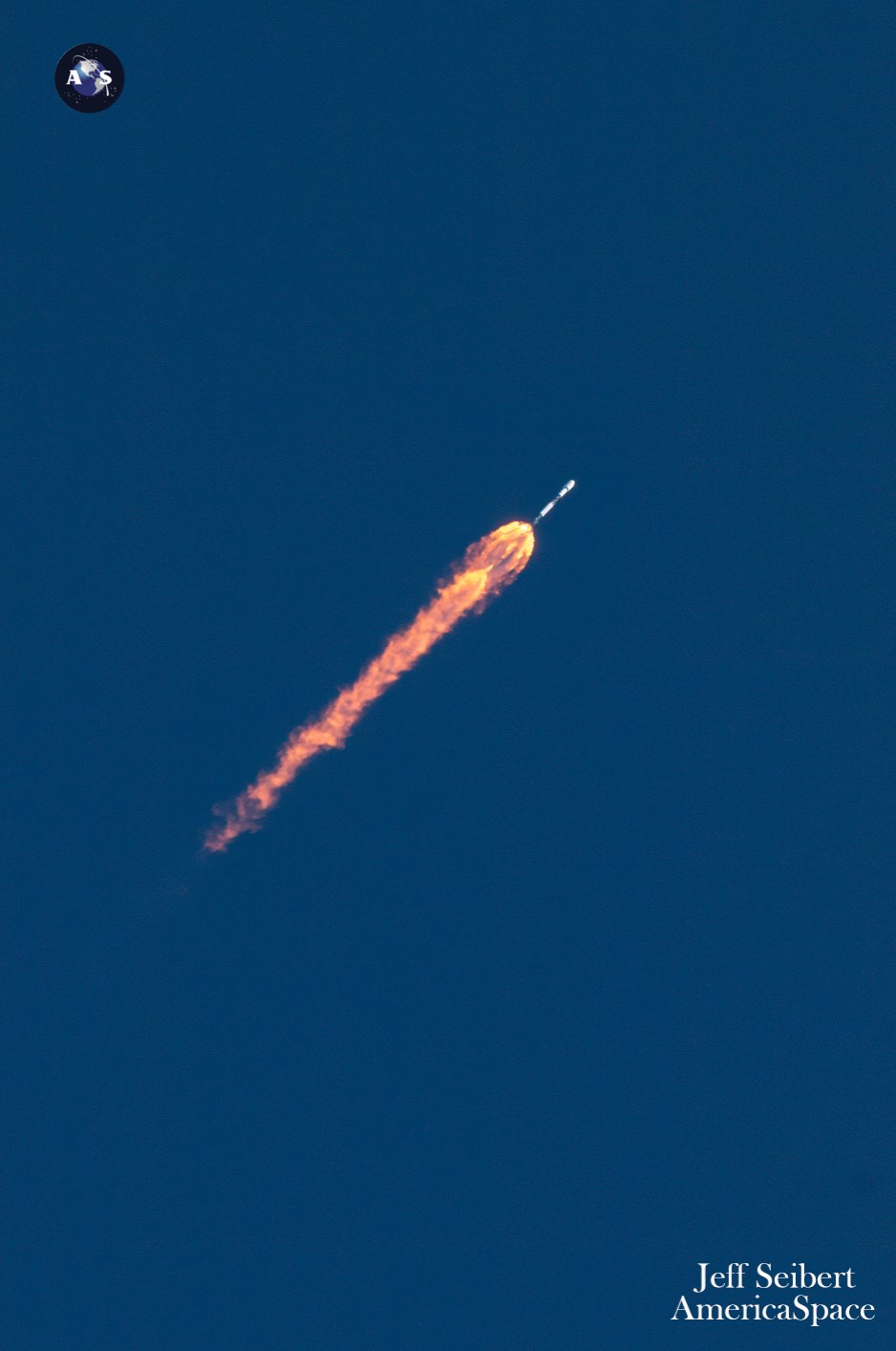
This triple-header salvo will also see the third mission become SpaceX’s 300th flight by a “single-stick” Falcon 9 booster since the fleet began operations back in June 2010. More than half of all those launches occurred from storied Space Launch Complex (SLC)-40 at Cape Canaveral Space Force Station, Fla., the remainder from SLC-4E at Vandenberg Space Force Base, Calif., or historic Pad 39A at Florida’s Kennedy Space Center (KSC).
SpaceX’s flight cadence has increased rapidly, with the Hawthorne, Calif.-headquartered organization taking a full decade of operations—until November 2020—to pass its 100th Falcon 9 launch, then hitting No. 200 at the end of January 2023. And with almost a hundred missions flown last year alone, reaching No. 300 has taken a little over 12 months.
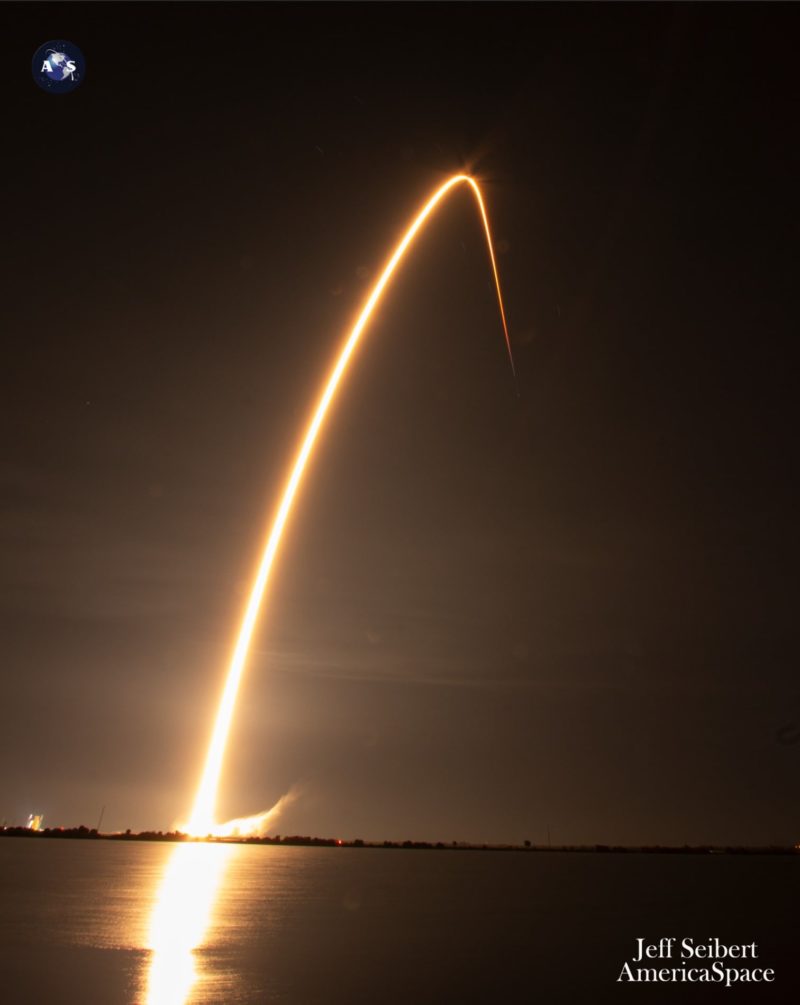
Since June 2010, 70 Falcon 9 boosters have taken to the skies, almost half of which were either lost or intentionally expended after making a single flight. Thirty-seven others launched more than once, with 13 having flown on ten (or more) occasions and three life-leaders have passed 18 missions apiece, with B1058—the one-time ride of Dragon Endeavour and her Demo-2 crewmen Doug Hurley and Bob Behnken—sadly lost after completing a record-setting 19th flight last December.
Across that raft of years, Falcon 9 cores have achieved more than 200 landings on the expansive decks of Autonomous Spaceport Drone Ships (ASDS) in the Atlantic and Pacific Oceans since April 2016 and over 40 others have alighted on solid ground at either the Cape or Vandenberg since December 2015. There have been eight failed ASDS landing attempts and a single “land” landing failure, in which the returning booster was instead ditched at sea. And only one Falcon 9 has been lost in flight.
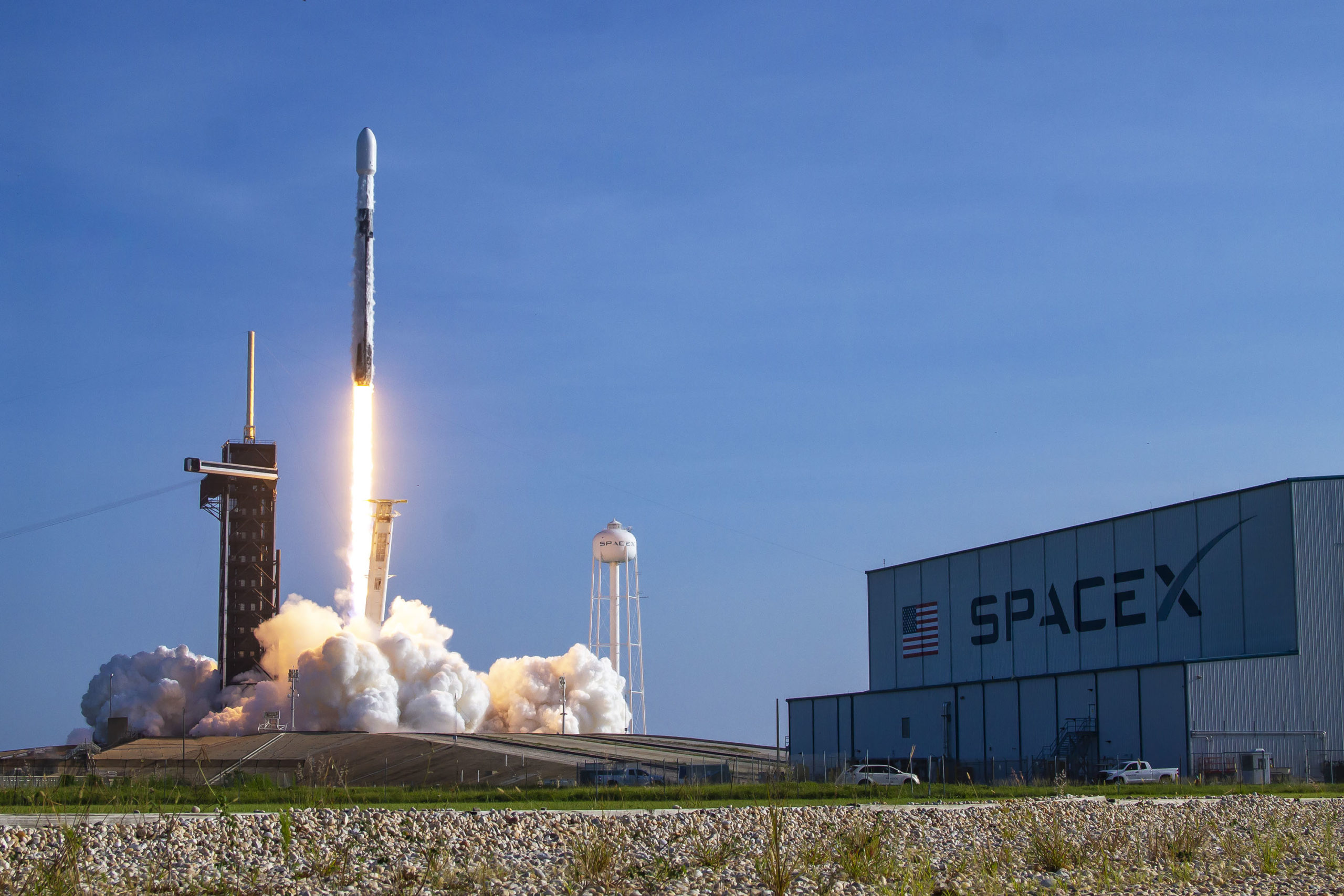
Notable milestones included the Falcon 9’s first geostationary payload in December 2013, its first deep-space launch in March 2015, its first use of a previously-flown booster in March 2017 and its first mission to carry humans in May 2020.
Almost half of all launches have been devoted to SpaceX’s in-house-built Starlink internet communications network, with 139 dedicated flights since May 2019 pushing over 5,900 of these small, flat-packed satellites into low-Earth orbit. Added to that list have been 51 large geostationary communications satellites, 11 Earth-observing spacecraft, ten “rideshare” missions, nine classified payloads for the National Reconnaissance Office, the U.S. Space Force and the Space Development Agency (SDA), six international military cargoes for Spain, Germany, South Korea and Israel, five Block III Global Positioning System (GPS) satellites and four flights dedicated to astronomy or deep-space exploration.
Twenty-nine Cargo Dragons have successfully been delivered to the International Space Station (ISS) since May 2012, plus a single Cygnus cargo mission just two weeks ago on behalf of Northrop Grumman Corp. Twelve Crew Dragons—including the first all-private human mission—have ferried 33 men and 12 women from 13 sovereign nations into orbit, including the first national space travelers from the United Arab Emirates (UAE) and Türkiye and the first Arab female astronaut.
Against this impressive backdrop, SpaceX called off its opening attempt to launch the IM-1 mission at 12:57 a.m. EST, citing “off-nominal methane temperatures” before stepping into the loading of liquid methane propellants aboard Intuitive Machines’ Odysseus lander. That process is set to commence about 2.5 hours ahead of liftoff, with the loading of the Falcon 9 booster itself with liquid oxygen and a highly refined form of rocket-grade kerosene (known as “RP-1”) due to kick off at T-35 minutes.
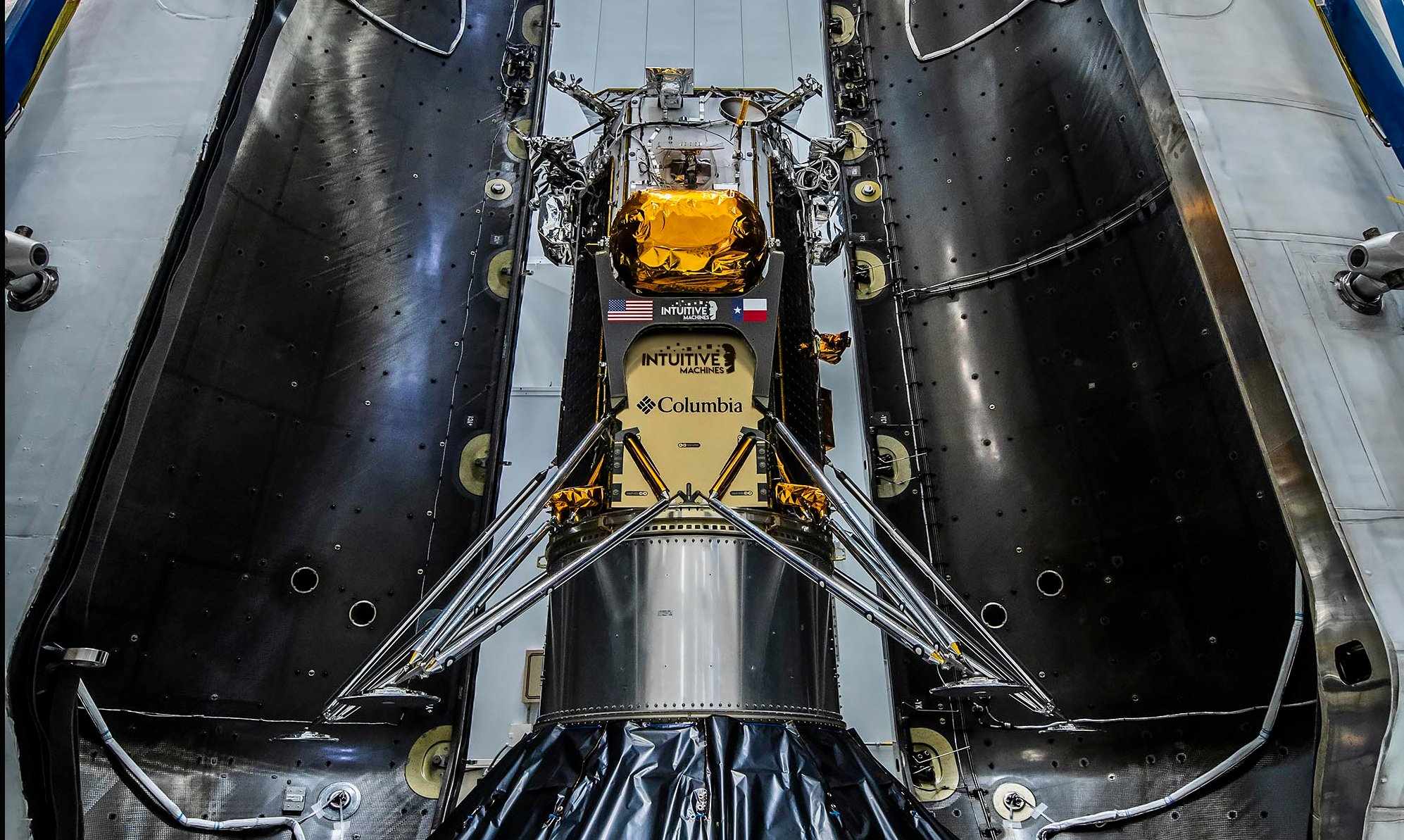
Following last night’s scrub, SpaceX is now aiming for 1:05 a.m. EST Thursday for IM-1, which seeks to deliver the Odysseus lander and a group of scientific instruments from NASA and academia, plus the first piece of sculptural artwork destined for another world, to the Moon’s South Pole. Flying under NASA’s Commercial Lunar Payload Services (CLPS) contract, if successful IM-1 will become the first U.S. spacecraft to soft-land on the surface of our closest celestial neighbor since Apollo 17 in December 1972.
Weather conditions for tonight are hovering around 90-percent-favorable, with an anticipated deterioration to 80 percent for the backup opportunity on Thursday, both days tempered by a risk of violating the Thick Cloud Layer Rule. “No sensible weather is expected for the backup windows early Thursday and Friday mornings,” noted the 45th Weather Squadron at Patrick Space Force Base, “as the high center settles over the state before moving east into the Atlantic.”
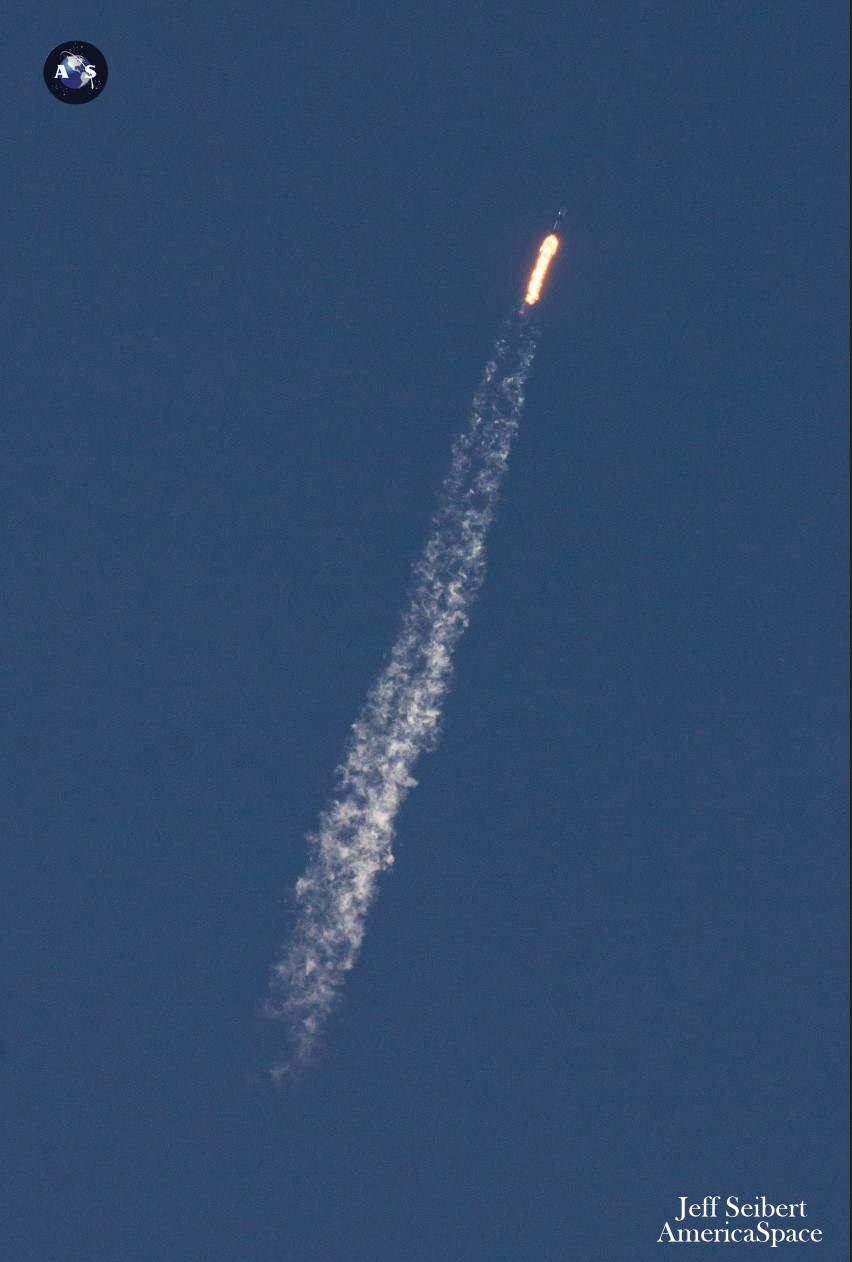
With this shift of 24 hours to the right, two other missions are expected to leapfrog IM-1 into space. Awaiting launch on the Cape’s SLC-40 is B1078, which first entered service last year and logged six missions between March and December, successfully lofting four Starlink payloads and a pair of O3b mPOWER broadband communications satellites, as well as delivering Dragon Endeavour and her Crew-6 quartet of NASA astronauts Steve Bowen and Warren “Woody” Hoburg, Russian cosmonaut Andrei Fedyayev and Sultan Al-Neyadi of the United Arab Emirates (UAE) for a six-month increment aboard the ISS.
Aboard B1078 for her seventh launch is the highly classified USSF-124, a critical National Security Space (NSS) payload flying on behalf of the U.S. Space Force. A launch “task order” for this flight—and two others—was awarded by the Space Systems Command (SSC) to SpaceX in May 2022, with USSF-124 identified obliquely as “a mission being conducted with SSC partners at [the] Missile Defense Agency”, to be launched “from the Eastern Range into low-Earth orbit”.
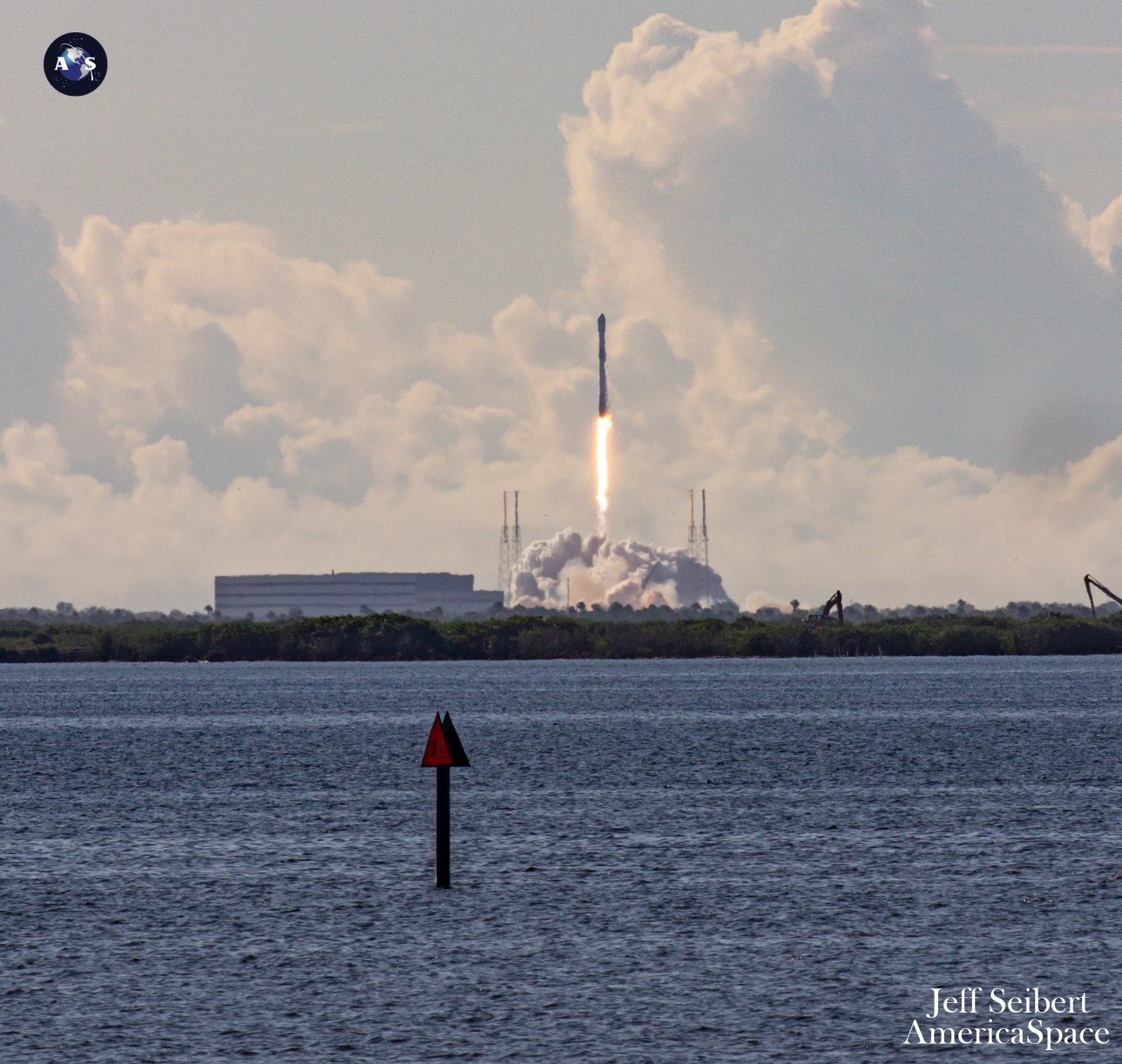
Launch is scheduled for 5:30 p.m. EST Wednesday, with a backup option at the same tomorrow evening. After completing its share of the launch duties, B1078 will return to touch down on Landing Zone (LZ)-2 at the Cape, wrapping up the Falcon 9’s fifth “land” landing of 2024 so far.
Attention will then shift to SLC-4E at mountain-ringed Vandenberg on the West Coast, where newcomer B1082, making her second flight, is slated to lift 22 Starlinks into orbit exactly two hours later at 4:30 p.m. PST (7:30 p.m. EST). If SpaceX is unable to launch at the beginning of tonight’s “window”, it has other opportunities to available until 5:54 p.m. PST (8:54 p.m. EST), before it would need to stand down until the next group of T-0 points opens at 1:34 p.m PST (4:34 p.m. EST) Thursday.
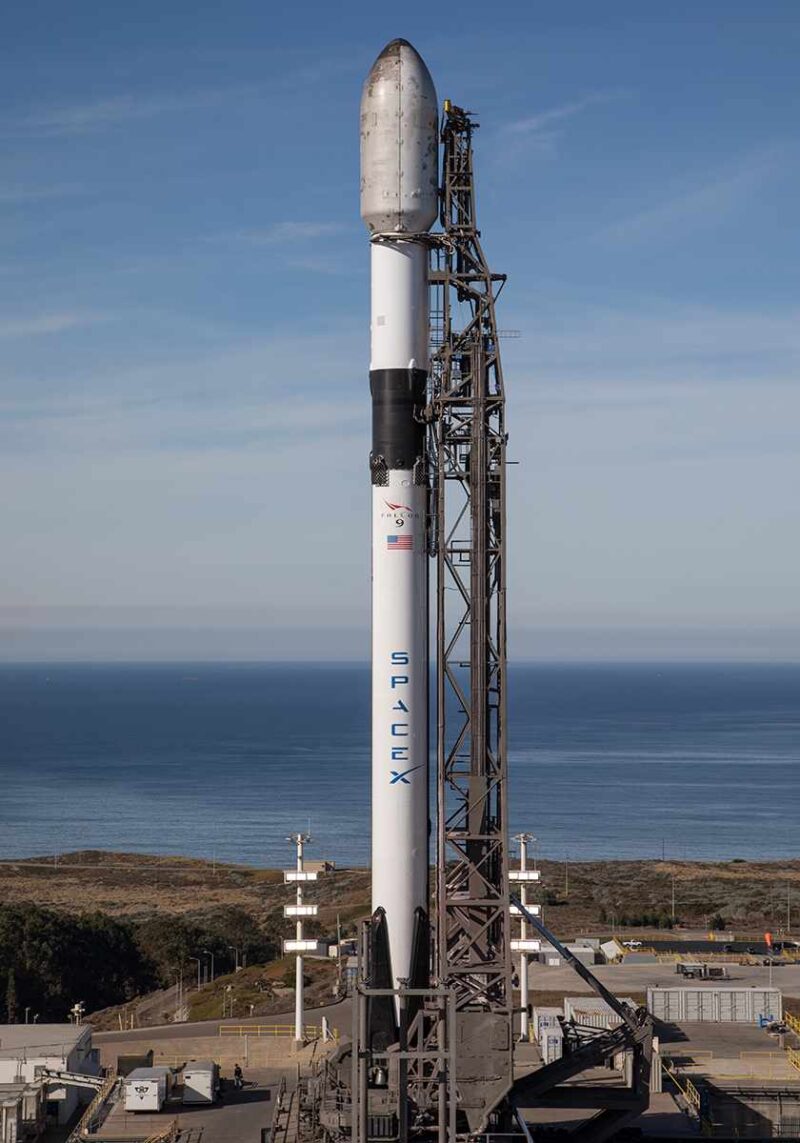
If both USSF-124 and Starlink fly on time tonight, this will set a new flight-to-flight launch record, eclipsing the two hours and 54 minutes between a pair of Falcon 9 missions in late December. B1082 will return to the deck of the West Coast-based ASDS, “Of Course I Still Love You”, which departed Port of Long Beach for a recovery position 390 miles (640 kilometers) offshore in the Pacific Ocean early Tuesday.
The focus of this game of rocket musical chairs will then conclude at 1:05 a.m. EST Thursday with the second scheduled launch attempt for IM-1, which is riding atop the veteran B1060 booster on a life-leading 18th mission. If all three launch on time within a span of a little more than 7.5 hours, a new flight-to-flight-to-flight cadence record will also be set, as SpaceX presses the envelope to execute as many as 144 missions in 2024.




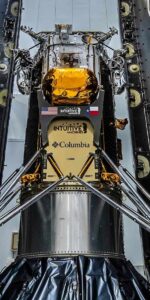
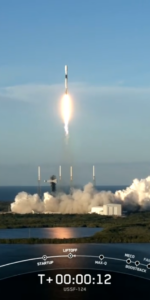
2 Comments
Leave a Reply2 Pings & Trackbacks
Pingback:First Valentine’s Day Falcon Flies, Second Scheduled Later Tonight - AmericaSpace
Pingback:SpaceX Launches Record-Setting Falcon Missions, Under Two Hours Apart - SPACERFIT